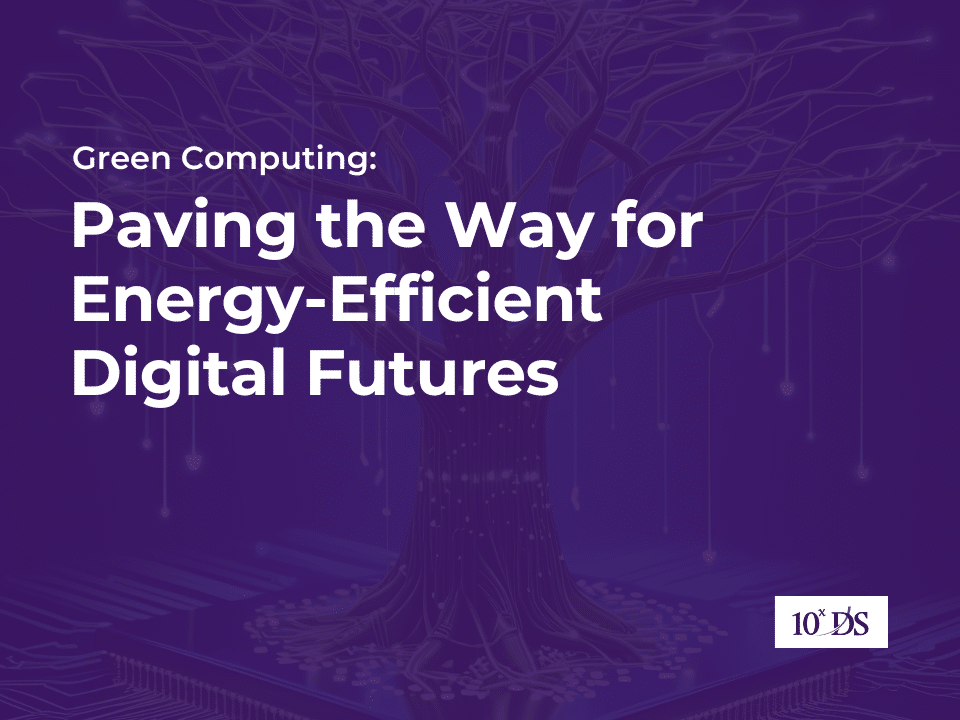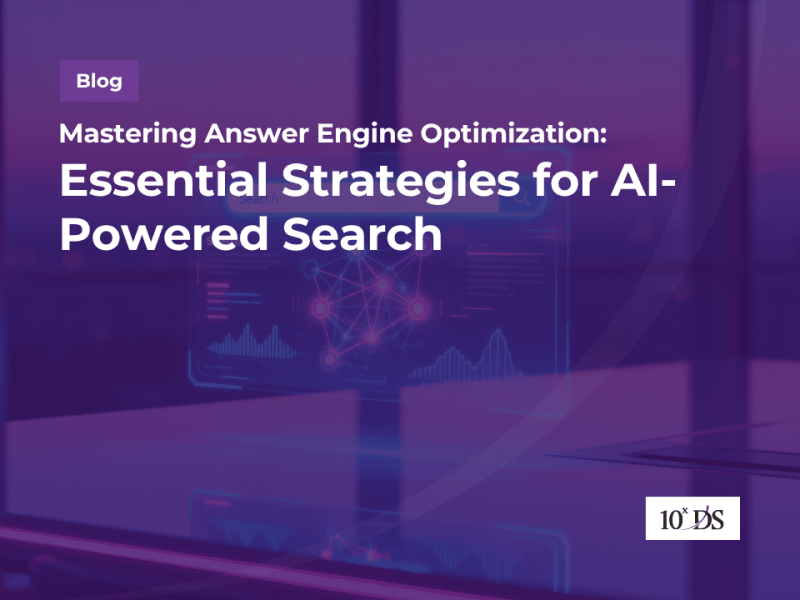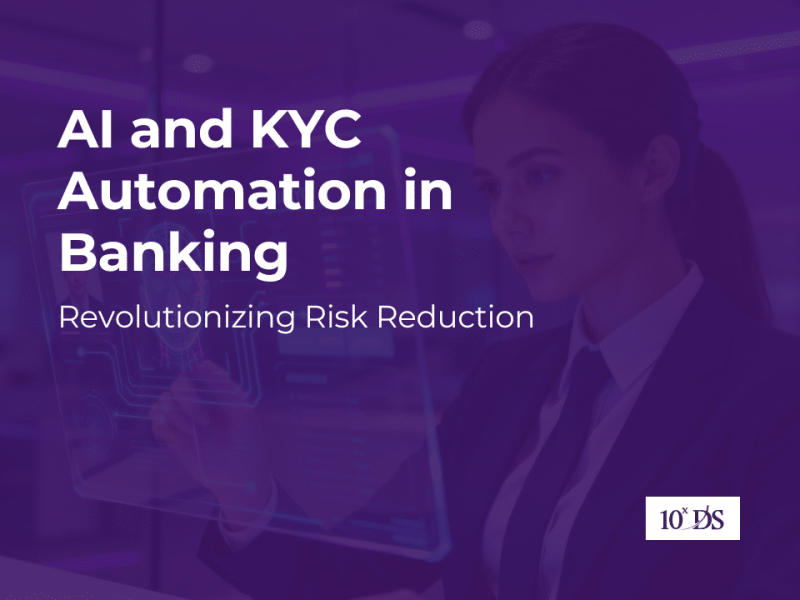
Green Computing: Paving the Way for Energy-Efficient Digital Futures
In the rapidly evolving digital age, the world is increasingly reliant on computing technologies. From personal devices and home networks to massive data centers and global cloud services, technology underpins nearly every aspect of modern life. While these advancements offer tremendous benefits, they also come with a hidden cost: substantial energy consumption and a growing environmental footprint. This is where Green Computing—also known as energy-efficient computing—emerges as a vital solution.
What Is Green Computing?
Green computing is the practice of designing, using, and disposing of computer systems and related technologies in an environmentally sustainable way. It focuses on reducing energy consumption, minimizing electronic waste, and creating computing solutions that are both efficient and ecologically responsible. It applies not only to physical devices like servers, desktops, and mobile devices but also to the software that powers them and the infrastructure supporting them.
The need for green computing has never been more urgent. With the expansion of global connectivity, the number of internet-connected devices is soaring, as is the energy required to run and cool the data centers that power the digital world. These data centers are estimated to consume between 1% and 2% of global electricity, with some projections suggesting that this figure could triple in the next decade. Meanwhile, electronic waste—discarded computers, phones, and other electronics—is becoming one of the fastest-growing waste streams, often containing toxic materials that pose environmental and health risks when not properly managed. Let us analyse few components of Green Computing:
1. Hardware Innovations in Green Computing
To address these challenges, green computing adopts a multifaceted approach. One key strategy is the development and use of energy-efficient hardware. Modern processors, for instance, are increasingly designed to deliver high performance while consuming less power. Solid-state drives (SSDs) have largely replaced traditional hard drives, offering not only faster performance but also reduced energy consumption. Additionally, devices that meet standards such as ENERGY STAR are specifically engineered to minimize power usage during both active and idle states.
2. Virtualization: Doing More with Less
Another important aspect is the adoption of virtualization technologies. Instead of relying on multiple physical machines, virtualization allows several virtual environments to operate on a single physical server. This not only reduces hardware requirements but also decreases energy usage and cooling needs. Organizations embracing virtualization often find they can significantly downsize their server rooms while enhancing their overall computing capabilities.
3. Cloud Computing and Energy Efficiency
Cloud computing further supports green computing goals. Major cloud providers invest heavily in energy-efficient infrastructure, including advanced cooling systems, high-efficiency servers, and renewable energy sources. By shifting computing workloads to the cloud, companies can often lower their carbon footprints, as cloud data centers are typically far more energy-efficient than traditional on-premises IT environments. Giants like Google, Microsoft, and Amazon are leading the way by committing to run their data centers entirely on renewable energy.
4. The Role of Software in Sustainability
Energy efficiency also extends to software. Software design can have a profound impact on how much power a device consumes. For example, a poorly optimized app that requires constant processing and network activity can significantly drain a device’s battery and require more frequent charging, which cumulatively increases energy use. Developers are now encouraged to write “green” software that uses resources wisely, avoids unnecessary background operations, and enables low-power modes where possible. Efficient algorithms, minimalistic interfaces, and reduced computational complexity all contribute to greener software.
5. Cooling Solutions: Keeping It Cool Without Wasting Energy
An often overlooked, yet critical component of green computing is cooling. Keeping computing systems, especially data centers, at safe operating temperatures requires vast amounts of energy. Innovations in cooling—such as liquid cooling, outside-air cooling, and AI-assisted climate control—are helping to reduce this burden. By using more natural or less energy-intensive methods, companies can cut both costs and emissions.
6. Powering Computing with Renewables
Renewable energy integration is also becoming increasingly common. Leading tech companies have made bold moves toward sustainability by powering their operations with solar, wind, and hydroelectric energy. Apple, for instance, now powers all its facilities worldwide with 100% renewable energy, while Microsoft has pledged to be carbon negative by 2030. These efforts highlight a growing industry trend toward sustainability, driven both by environmental responsibility and public expectation.
The Benefits of Going Green
The benefits of green computing are far-reaching. Environmentally, it helps lower greenhouse gas emissions, reduce reliance on non-renewable resources, and minimize harmful waste. Economically, it reduces operational costs through lower energy bills, longer-lasting equipment, and streamlined IT operations. From a corporate reputation standpoint, green computing initiatives demonstrate social responsibility and can enhance brand value in a market that increasingly values sustainability.
Challenges in Green Computing
Despite its promise, green computing faces several challenges. The initial cost of adopting energy-efficient technologies can be high, discouraging small and medium-sized businesses from upgrading their systems. There’s also a general lack of awareness among consumers and some industry players about the long-term benefits of sustainable computing. Compatibility issues with legacy systems and a culture of rapid device replacement further complicate efforts to reduce waste and encourage efficiency.
Moreover, the infrastructure for recycling electronic waste remains underdeveloped in many parts of the world. As a result, vast amounts of e-waste continue to end up in landfills, where they pose serious environmental hazards. Addressing these systemic issues will require coordinated efforts from governments, industries, and consumers alike.
The Future of Sustainable Computing
Looking to the future, the landscape of green computing is evolving in promising ways. Artificial intelligence and machine learning are being applied to optimize power usage in data centers, predict system maintenance needs, and streamline energy management across entire IT networks. Edge computing, which processes data closer to the source rather than relying on central servers, can reduce the energy used in data transmission and improve response times.
Another exciting frontier is quantum computing. Though still in its infancy, quantum computing promises to solve certain types of complex problems using significantly less energy than traditional computers. While practical, widespread quantum computing may still be years away, it represents a potential paradigm shift in both computing power and energy efficiency.
IoT (Internet of Things) technologies are also contributing to the energy efficiency movement. Smart thermostats, energy-monitoring sensors, and connected devices can provide real-time data on energy consumption, enabling smarter decisions about when and how devices are used. These insights can help individuals and organizations alike minimize waste and optimize performance.
A Call for Responsible Innovation
As sustainability becomes a defining issue of the 21st century, the role of green computing in shaping a cleaner and more responsible technological future cannot be overstated. From data centers to smartphones, every element of the digital ecosystem must evolve to be more mindful of its environmental impact. The good news is that the tools, technologies, and knowledge required to make this shift are already at our fingertips.
In conclusion, green computing is more than just a trend—it’s a critical response to the environmental challenges of our digital age. As our dependence on technology deepens, so too must our commitment to using it responsibly. By embracing energy-efficient hardware, sustainable software development, and mindful consumption, we can build a future where innovation and sustainability go hand in hand. Whether you’re an individual, a business owner, or a developer, the path to greener computing starts with a single step: making smarter, more conscious choices today.


